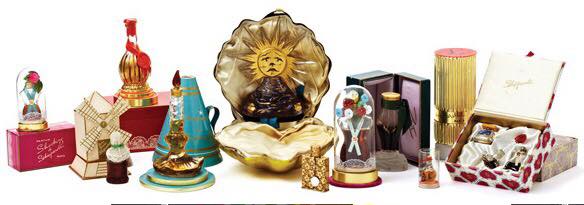Elsa Schiaparelli, the Italian designer who has changed fashion
On the occasion of International Women's Day, we want to tell you the story of an Italian designer who during her career has introduced real revolutions into the fashion world: Elsa Schiaparelli.
Her origins
Born in Rome in 1890 to an aristocratic family of Piedmontese intellectuals, Elsa Schiaparelli distinguished herself from an early age because of her eccentric character and her restless nature, to which are added a considerable cultural baggage and a good dose of charm.

After London and New York, at 34 she chose to live in Paris where, encouraged by the French designer Paul Poiret, she began her career in high Parisian tailoring, soon becoming one of the most important fashion figures of the century, like the well-known Coco Chanel.
Figurative arts in fashion
The necessary quid for the explosive creativity of Elsa has been fed, for all her life, by a circle of friendships linked to the art world. Through her friend Gaby Picabia, wife of the painter Francis Picabia, she came into contact with some of the major exponents of Dadaism such as Marcel Duchamps and Man Ray.

During her career she collaborated with Jean Cocteau, but especially with Salvador Dalì: in 1937 they created the Aragosta dress and the shoe hat and in 1938 the Lacrime and Scheletro clothes for the Circus collection.

The prêt a porter
Elsa Schiaparelli sensed that the turning point of fashion at the time would have been the off-the-rack dress, produced according to standard measures and through series work: the prêt à porter.

Together with Coco Chanel, her contemporary, she shared the need to abandon the conventions and constraints in clothing to which women were bound. But, unlike Chanel, she did not opt for any linear and rigorous cuts. Instead, the fashion of Schiap (as she was nicknamed in France) dressed women in a colourful and sporty way, with hinges (the first to be seen on clothes!) and imaginative applications, wedges and turbans.

Tattoo jumpers
In the field of knitwear, her tattoo jumpers, high-necked jumpers characterised by large trompe-l'oeil flakes in optical black and white style, as well as with the X-ray pullovers, which drew the structure of the human skeleton as in an X-ray, remain memorable.

The trompe l'oeil motif sweaters were defined by Vogue as an "absolute masterpiece" and soon became the brand's best sellers.
The parade
An example of her extraordinarily far-sighted nature was the invention of the modern fashion show: a presentation of the new collection - with a main theme and a line of coherent clothes - with art, music and tall and thin models, with androgynous physiques.

Shocking Pink
Yes, this ultramodern colour was created in 1936 by Elsa Schiaparelli. Her Shocking scent! It was contained in a bottle sculpted by Leonor Fini in the shape of a bust of Mae West (musical actress, sex symbol of the era and provocateur of public opinion), and packaged in a shocking pink packaging, a colour that immediately became an icon of the Parisian maison.

During World War II, Elsa closed her atelier in the French capital and moved to New York. On her return, tastes and habits had changed and with them also fashion. In 1954, unable to cope with economic difficulties, she closed the maison and wrote her autobiography, Shocking Life: the nonconformist life of a fashion artist. She will die in Paris in 1973.

And you, did you know the incredible story of Elsa Schiaparelli? We're curious, let us know!
